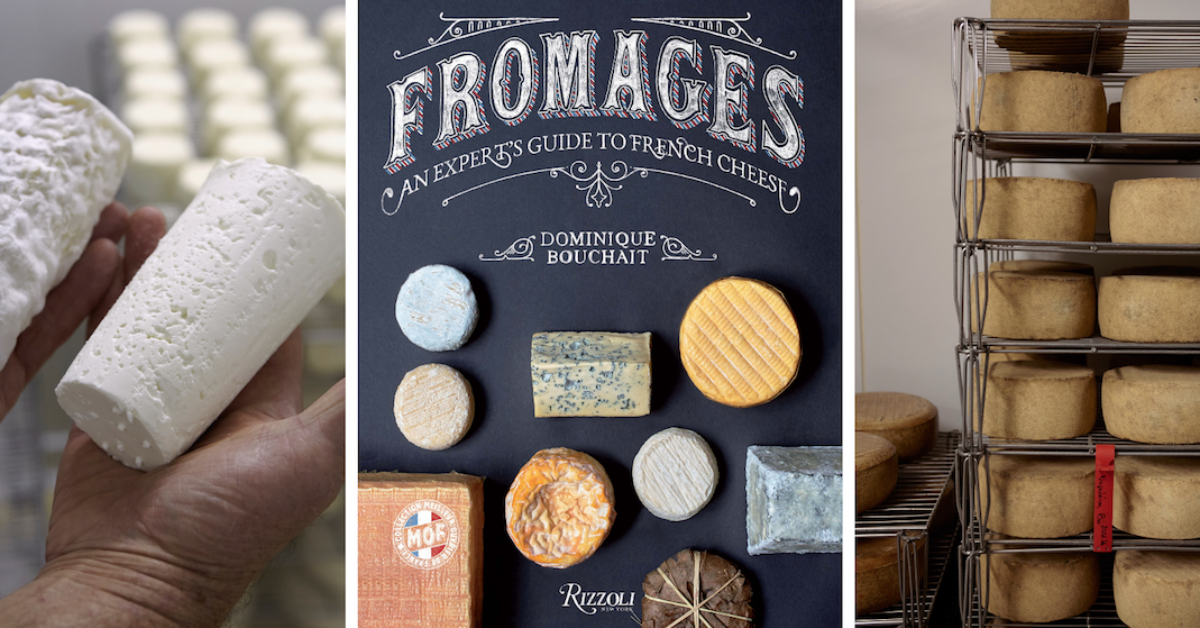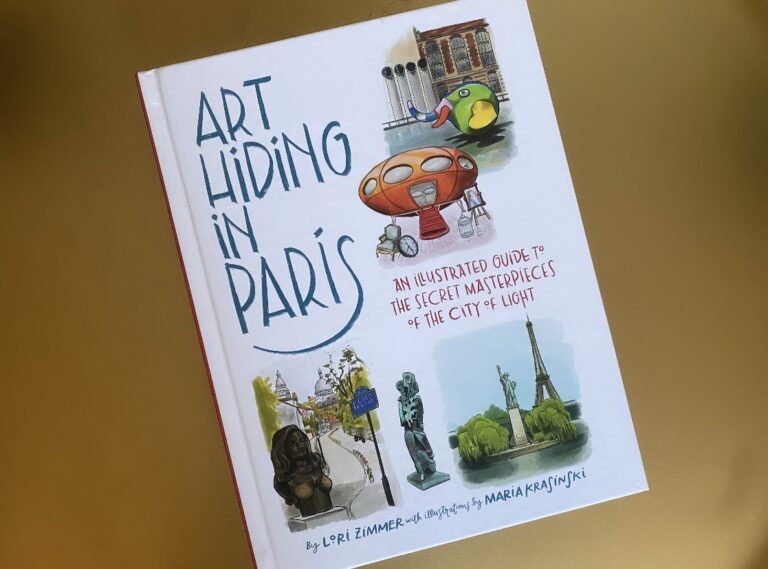If you are a Francophile, you enjoy a hearty platter of French cheeses, served with charcuterie, jam, nuts, olive tapenade and baguette, all rinsed down with a glass (or two) of wine. But to be a good Francophile, it’s important to know and appreciate what you’re eating. Enter the unofficial French cheese guide, “Fromages: An Expert’s Guide to French Cheese” by cheesemaker Dominique Bouchait (Rizzoli, 2019).
From the proper way to serve and store Epoisses to the bacteria in lactic acid, everything you need to know about cheese is in this book, presented in a digestable fashion with mouthwatering pictures beside. You can sit down and read it cover to cover to become a historian, food scientist, chef, proper hostess, and walking encyclopedia on all things cheese. Dietitian could be included as well, considering the amount of information Bouchait includes on the ways that people with milk allergies and lactose intolerance are still able to consume cheese.
The book’s first half on cheese history, science, and cultural significance compliments the second half about types of cheeses: the lexicon of cheesemakers and diligent cheese lovers is a complex one — bloomy rind, affinage, fermier, pressed cheese, AOP — that the first part of the book serves to instruct you in so you’re prepared to fully understand Bouchait when he writes about specific cheeses.
France’s 45 traditional specialty A.O.P. designated cheeses, listed alphabetically for your convenience, have their own two-page spread featuring everything you need to know about that cheese. Take Camembert de Normandy, one of the preferred French cheeses in the U.S.: On its reference page, across from a color photo that makes you believe food porn with cheese is possible, you’ll be told the region it hails from, how to cut it, when it’s in season, its origin story, how to serve it, how to store it, what other cheese is most similar, and even what wine to pair with it.
A selection of recipes involving French cheeses has been included at the end. Many of the recipes have been provided by chefs, cheese and fishmongers with Meilleur Ouvrier de France (MOF) status, a recognition bestowed upon onto the most accomplished in the restaurant and food industry.
Bouchait’s real talent is undeniably making the science, history and cultural significance of cheese interesting. Why is a goat cheese whiter than cow cheese? How actually does a cheese change when it’s made with pasteurized instead of unpasteurized milk? Why do the French like raw milk cheese? Why do people try to catch mice with cheese?
“Fromages” is for the person who wants to know more than just be told the proper way to cut barrel-shaped cheese like Charolais. This “Expert’s Guide,” as the second half of the title begins, provides readers with the ability to become truly knowledgable about cheese.
“Fromages: An Expert’s Guide to French Cheese” is available for purchase here.






